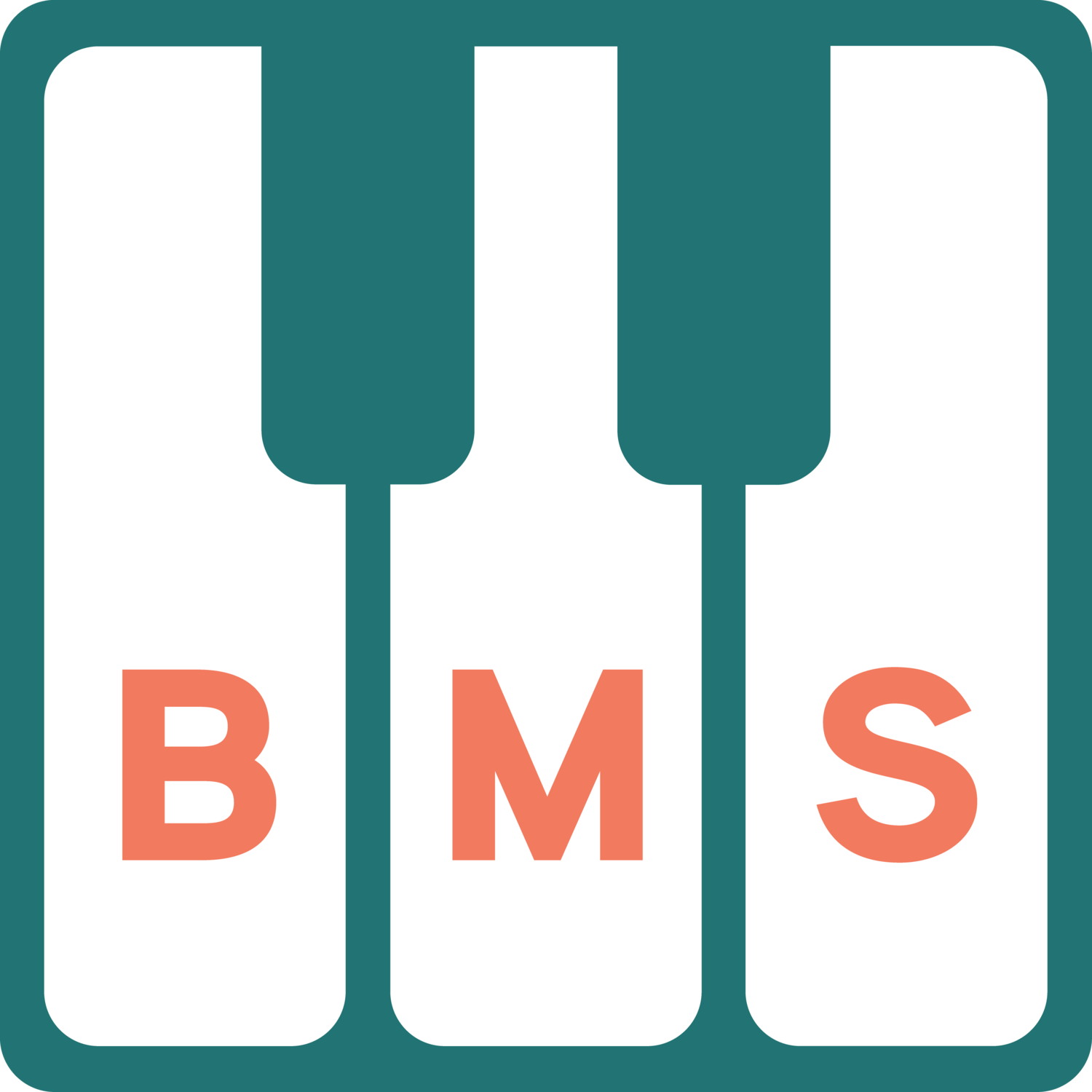Singing and Music Theory
Some might think that because you are a singer, you might not need music theory as much. If I can learn the song by listening to it, and then repeat it that way, that’s enough right? While I am not going to say you cannot learn music this way, some people do in fact learn music more easily by hearing it, being able to understand the music is a different story. Of course knowing the basic notes and rhythms is the first step, but let's talk about what you can do by taking it a step further.
If all you do is listen and replicate, it might be a lot more challenging to find more individual creativity. This is especially true if you want to write music. The simplest example of using basic music theory to help singers, that I use all of the time with my students, is when you have to sing a note that is “outside” of the chord harmony playing alongside you. So if the chord is C major (C-E-G) and you have to sing a B (the major 7th above C), the semitone dissonance can be very tricky to find, and sing correctly. Oftentimes your ear might hear the note as incorrect because of this dissonance, and flatten the pitch as a result. If you know that you are singing the 7th of a C major 7th chord, and where that note exists in relation to the other notes of the chord, it is much easier to find and sing the note in tune. Then let’s say after singing this B, you move down to an A (one whole-step below), and the chord changes to a 2nd inversion F major (C-F-A). You will come across similar patterns in music everywhere, a dissonance resolving into a consonance. Now that you know how these two notes are functioning together with the chord harmony, it can better inform your singing. Think about how you want to sing those two notes differently, maybe singing strong on the dissonance and resolving softly to create a very pleasant effect to your listeners.
Understanding how the note you are singing “fits in” with the harmony can really elevate your performance and understanding of the music. As an added benefit, this will usually help with memorizing the music as well. This can also help you creatively, if you hummed a catchy melody and you want to do something with it. The first step would be figuring out what the notes actually are, what key you are humming in, and then what basic chords might work based on common tones. (A common tone is a note in the melody that exists in the chord harmony. So if you are singing an E in a C major chord with C-E-G, the E is a common tone of the C major chord).
Now I will definitely acknowledge that music theory is vast, and it is easy to get swept under the current of too much information without comprehending any of it. If you are learning western style music, regardless of genre (pop, classical, musical theatre, rock etc), some basic piano skills will go a long way. Not only to give you a chance to actually hear and play these chords, but to give you a real tangible way to see visually how the voice melody would work with the harmony. Music theory is for any musician, student, or appreciator who wants to deepen their understanding of this wonderful art.

DISCLAIMER
I am not a medical doctor. These posts are all anecdotal, based on experiences through my own learning, understanding and teaching. My musical knowledge is based primarily in the Western classical tradition, which by no means defines the only perspective to learn and understand music.

